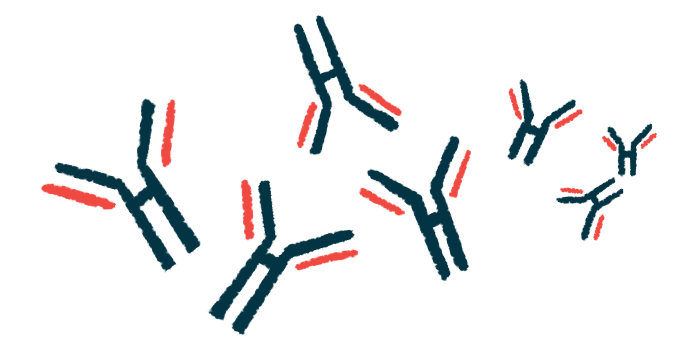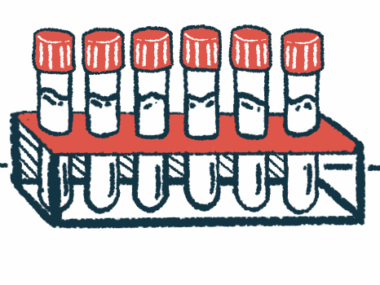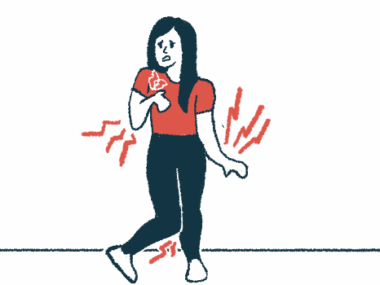Conversion from negative to positive AQP4-IgG test rare: Study
Autoantibody is type most commonly linked to NMOSD
Written by |

People testing negative for self-reactive antibodies against aquaporin-4 (AQP4-IgGs) — the type of antibody most commonly linked to neuromyelitis optica spectrum disorder (NMOSD) — rarely become positive for these antibodies on subsequent tests.
These are the findings of a real-world study in the U.S. involving 451 people suspected of having NMOSD or other related conditions who tested negative for AQP4-IgGs on their first test and repeated the test at least once.
All cases of seroconversion, the process by which the antibodies become detectable, were reported in people for whom the first test was based on the low-sensitivity immunofluorescence assay (IFA). Subsequent high-sensitivity cell-based assay (CBA) testing detected AQP4-IgG.
“This suggests that the initial negative results could have been false negatives due to the limited sensitivity of IFA,” and that “repeat AQP4-IgG testing is low yield unless prior testing used older methods such as IFA,” researchers wrote.
The study, “Frequency of Seroconversion in Aquaporin-4 Antibody Testing: Insights From Real-World Data,” was published in the form of a brief communication in the Annals of Clinical and Translational Neurology.
Most people with NMOSD have elevated AQP4-IgG levels in blood
Quote goes here.
NMOSD is an autoimmune disease that primarily causes inflammation in the optic nerve — the nerve that sends signals from the eyes to the brain — and the spinal cord. It is characterized by relapses, or episodes of inflammation that typically recur periodically, followed by periods of remission.
Most people with NMOSD have elevated levels of AQP4-IgGs in the blood.
“The frequency of aquaporin-4 immunoglobulin G (AQP4-IgG) seroconversion (negative to positive) in clinical practice is not well understood,” the researchers wrote. “Despite this, clinicians often retest [AQP4-IgG-negative] patients out of concern for potential seroconversion, which may add cost and inconvenience for patients.”
Potential factors influencing false negatives may include the use of lower-sensitivity older methods such as IFA, timing to disease onset, and certain treatments that may lower antibody levels.
Seroconversion probability higher among those initially tested by IFA
To learn more, a team led by researchers at Cleveland Clinic Neurological Institute retrospectively analyzed data from 451 people suspected of having NMOSD or related diseases who had results from at least two AQP4-IgG tests and whose first test was negative.
Participants were identified from the Cleveland Clinic electronic records between 2006 and 2024. They were mainly women (73.2%) and had a mean age of 41.3 years at the first test. Participants were followed up for a median of 6.4 years. Most participants performed two tests (84%), while 16% were tested three times.
Overall, seven people (1.6%), all women and with a mean age of 46 years, tested positive for AQP4-IgGs after a first negative test. The median time from the first test to seroconversion was 23.3 months, or about two years.
All but one person who seroconverted had spinal cord and/or optic nerve inflammation, which are core clinical features of NMOSD, and all were eventually diagnosed with the disease. Four participants had received immunosuppressive treatments prior to the first negative test.
These findings suggest that repeat testing is low yield after a negative CBA, but may be warranted for patients previously tested with older assays such as IFA.
The probability of seroconversion was significantly higher among those initially tested by the lower-sensitivity IFA (4.3%) relative to those initially tested by the higher-sensitivity CBA (0%).
“All seven seroconverted patients were initially tested by IFA before 2018,” and “no patient seroconverted after a negative CBA,” the researchers wrote.
Five participants tested positive on a second test (two on tests other than IFA alone), while the remaining participants tested positive only in a third test (all IFA).
“These findings suggest that repeat testing is low yield after a negative CBA, but may be warranted for patients previously tested with older assays such as IFA,” the team wrote.
Among the people who continuously tested negative for AQP4-IgG, the most common diagnosis was multiple sclerosis (39%), followed by isolated spinal cord inflammation (15.5%) and isolated optic nerve inflammation (12.8%). Only 2.7% of these participants were diagnosed with NMOSD.
“All patients who seroconverted had core clinical features of NMOSD,” the researchers wrote, while “no patients with [other diagnoses] seroconverted, highlighting both the specificity of AQP4-IgG and suggesting the low utility of serially testing patients without NMOSD features.”







